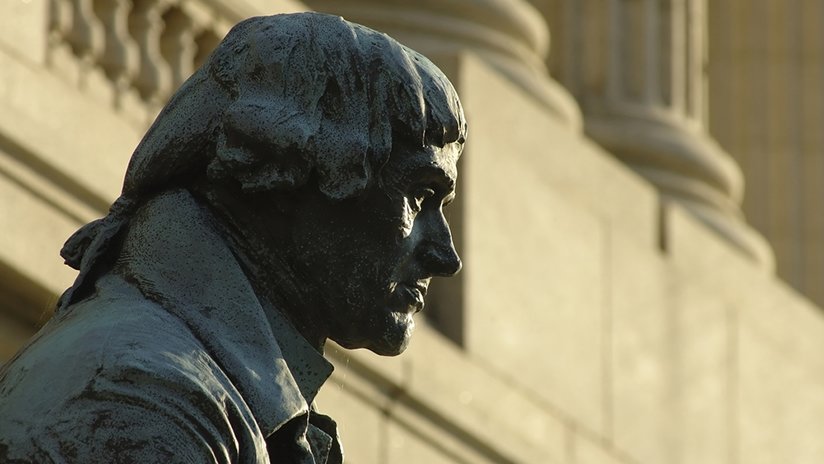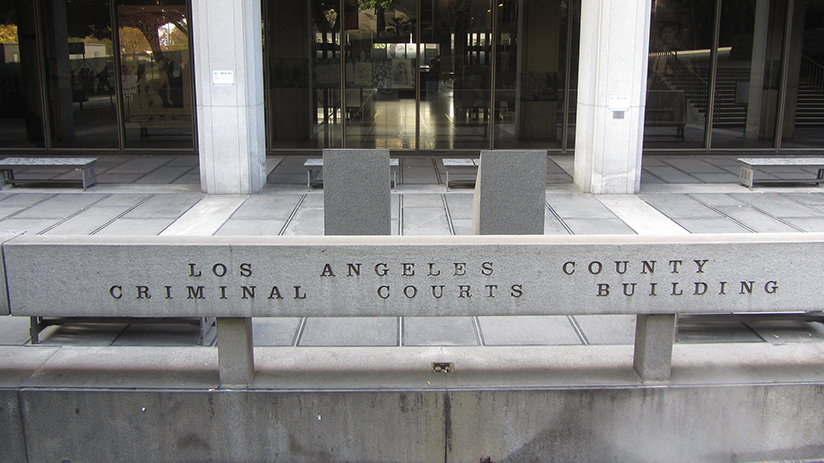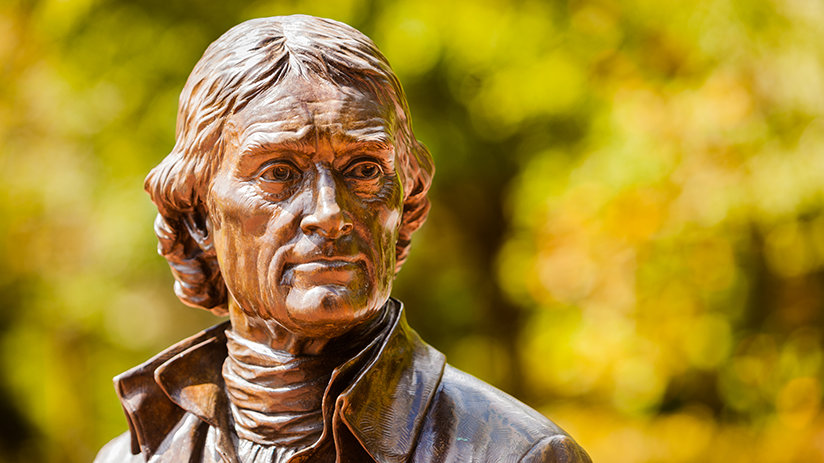
-
HOME
-
WHAT IS STANDOur Mission Our Values Our Help Contact
-
WHAT WE FIGHT FORReligious Freedom Religious Literacy Equality & Human Rights Inclusion & Respect Free Speech Responsible Journalism Corporate Accountability
-
RESOURCESExpert Studies Landmark Decisions White Papers FAQs David Miscavige Religious Freedom Resource Center Freedom of Religion & Human Rights Topic Index Priest-Penitent Privilege Islamophobia
-
HATE MONITORBiased Media Propagandists Hatemongers False Experts Hate Monitor Blog
-
NEWSROOMNews Media Watch Videos Blog
-
TAKE ACTIONCombat Hate & Discrimination Champion Freedom of Religion Demand Accountability
What is “Separation of Church and State” About Anyway?
I recently read an article in which the author asserted that the purpose of freedom of religion and “separation of church and state” is to protect religion from government (not the other way around).
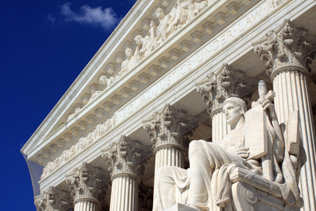
(Photo by J Main/Shutterstock.com)
“The wall of separation between church and state” is possibly one of the most used catch-phrases in American society. Appearing in an 1802 letter by President Thomas Jefferson, it has aroused a lot of controversy over the years, being subject to both praise and criticism. It has been regularly quoted in Supreme Court decisions going back to the 19th century. One such decision said that the wall of separation “may be accepted almost as an authoritative declaration of the scope and effect of the amendment thus secured [i.e. the religious freedom clauses of the First Amendment].” This view has been echoed in several other cases but has been far from unanimous among Supreme Court justices. For example, another justice in a dissenting opinion described the concept of the wall as “useless” claiming that “it should be frankly and explicitly abandoned…”
Many people have raised similar questions. Is the wall of separation just a phrase from a letter that has been given excessive importance? Or is it a succinct statement of a basic principle? Is the wall of separation there to protect government and secular society from religion or religion from government as the writer I mentioned above has claimed?
It is commonly supposed that Jefferson originated the idea of a “wall of separation” but it actually goes back much further.
Personally, I wish that people would read the whole letter instead of just the snippet that contains the phrase. Here’s the substance of the letter which gives a much broader understanding of what Jefferson was really talking about:
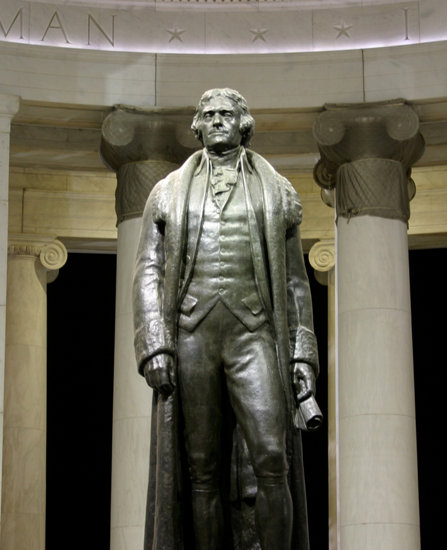
“Believing with you that religion is a matter which lies solely between Man & his God, that he owes account to none other for his faith or his worship, that the legitimate powers of government reach actions only, & not opinions, I contemplate with sovereign reverence that act of the whole American people which declared that their legislature should ‘make no law respecting an establishment of religion, or prohibiting the free exercise thereof,’ thus building a wall of separation between Church & State. Adhering to this expression of the supreme will of the nation in behalf of the rights of conscience, I shall see with sincere satisfaction the progress of those sentiments which tend to restore to man all his natural rights, convinced he has no natural right in opposition to his social duties.”
It also helps to understand the historical context of Jefferson’s communication. He was answering a letter he received a few months earlier from the Danbury, Connecticut Baptist Association congratulating him on winning the presidential election. Amidst the good wishes, the Baptists struck a more somber tone when they commented that “what religious privileges we enjoy… we enjoy as favors granted, and not as inalienable rights.” They were referring to Connecticut’s law at the time which, due to the state’s Puritan heritage, made the Congregational Church (into which the Puritan movement had evolved) the official church of Connecticut and entitled to special privileges. The Baptists and other religious minorities were involved in a long struggle which spanned several generations to bring Connecticut and the other New England states into line with the rest of the United States by severing all official connections between religion and government in order to put all religions on a completely equal footing. Ultimately, they were successful. Connecticut abolished its state church in 1818 and Massachusetts, the last holdout, followed suit in 1833.
Jefferson doubtlessly saw his response as both a way to forward his life-long belief that the human mind should be free of any external compulsion to believe and also to gain some political capital against the upholders of the New England establishment, his staunch enemies who had spread the propaganda line that Jefferson was an atheist (easily refuted by examining Jefferson’s writings on religion).
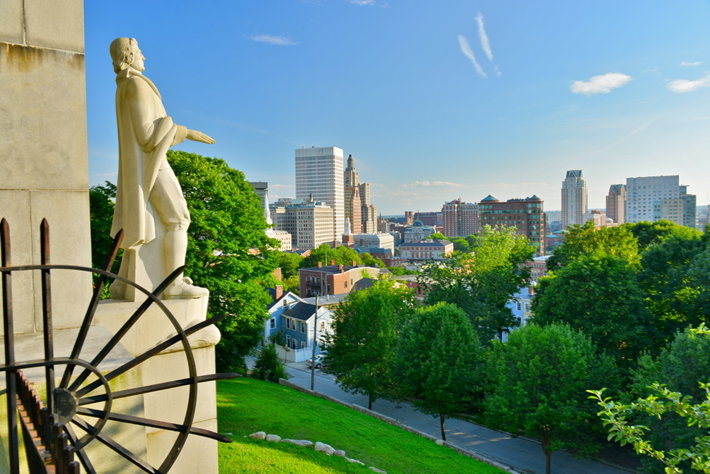
It is commonly supposed that Jefferson originated the idea of a “wall of separation” but it actually goes back much further. For example, in the 1600s, Roger Williams, who founded the Rhode Island colony on the basis of full religious liberty, referred to a “wall of Separation between the Garden of the Church and the Wilderness of the world.” The context of the quote was his long-running debate with a clergyman in the nearby Puritan colony of Massachusetts who had justified Massachusetts’ persecution of people who defied Puritan orthodoxy. At the time, the Puritans used the Massachusetts colonial government to enforce their religious monopoly by whipping, exiling and occasionally hanging people who hadn’t toed their line. Williams—and many of the early settlers of Rhode Island—had been thrown out of Massachusetts because they wouldn’t accept the status quo. (Ironically, the Puritans themselves were forced out of England for the same reason.)
To sum it up, Williams, Jefferson and the Danbury Baptists knew from firsthand experience that a government-supported church which could force people to follow its dictates whether or not they believed in them made for repression. They did something to change society which made it possible for future generations, including ours, to know a higher level of freedom. They weren’t really trying to protect religion from government or government from religion. Their purpose was to break a centuries-long union between the two so that individuals would have the broadest possible freedom to believe, disbelieve and act on what they thought. Although Thanksgiving is now past, it’s not too late to give thanks that they were successful.






